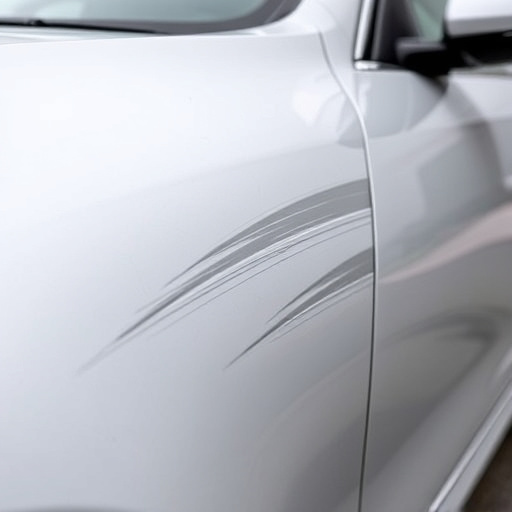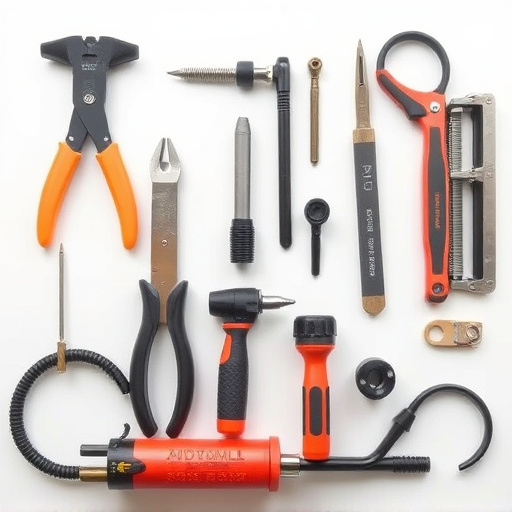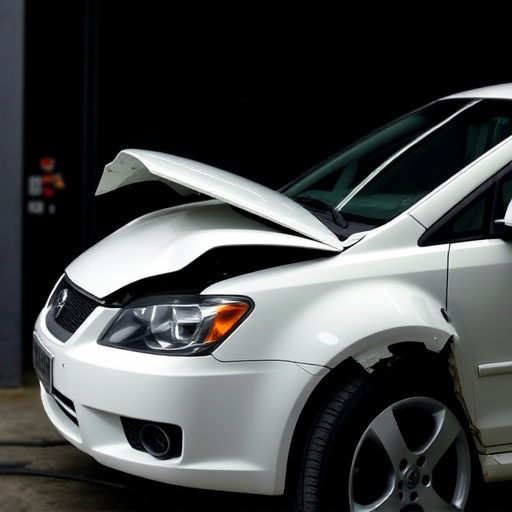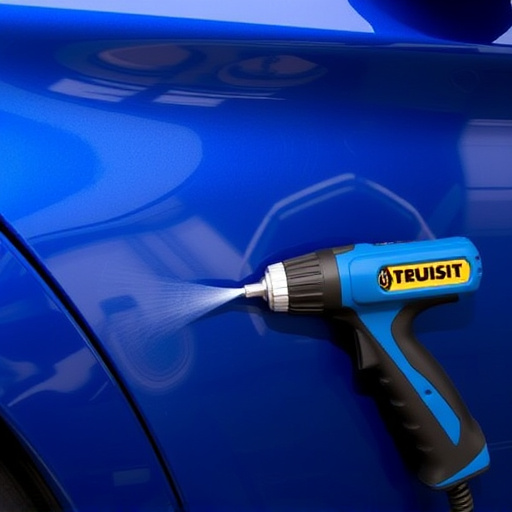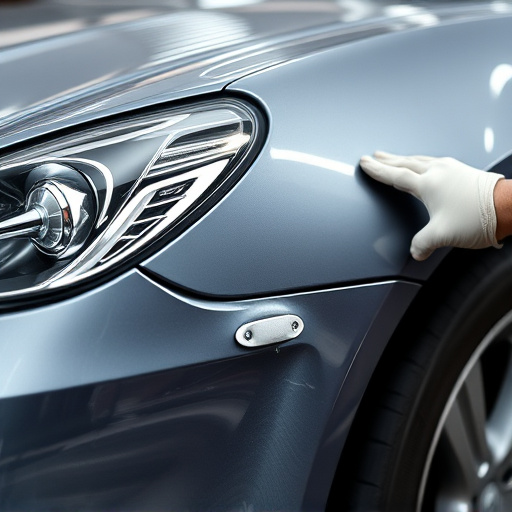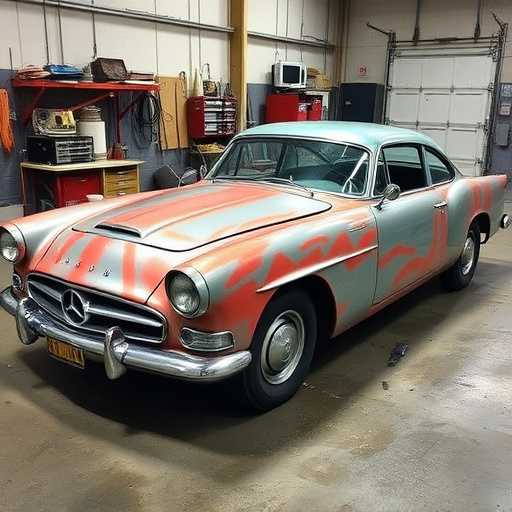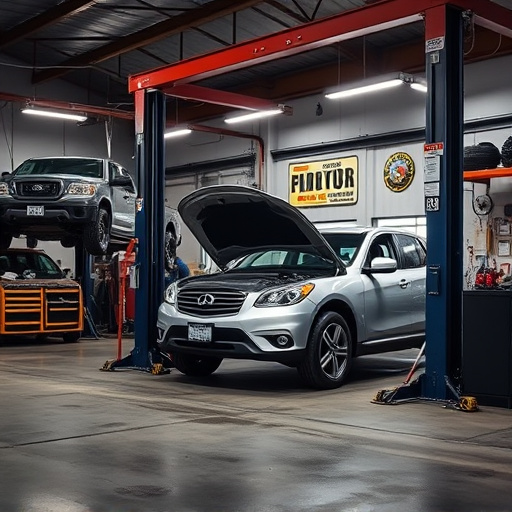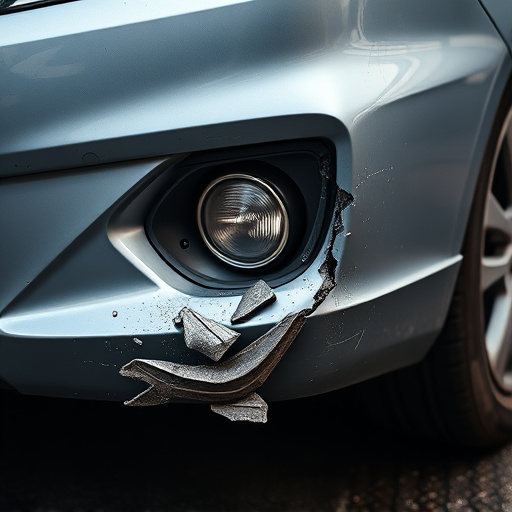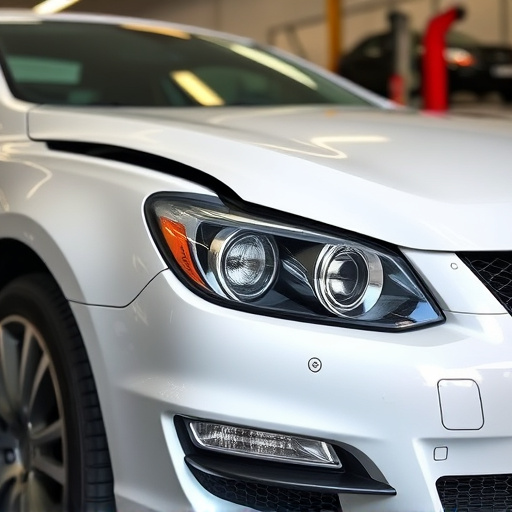Spot welding systems, vital in automotive body repair, employ high-energy beams to fuse metal. Key components include welder, worktable, wire feed, and safety features. Advanced technologies like lasers and robotics enhance efficiency across industries. Selection should consider vehicle types, repair volume, and desired weld strength, with power, electrode configuration, and material thickness versatility as crucial factors.
Spot welding systems are essential in modern manufacturing, offering precision and efficiency in joining metal components. This article delves into the intricacies of these systems, starting with a breakdown of their basics and components. We then explore the advantages and diverse applications of advanced spot welding technology. Lastly, we guide you through choosing the right system for your specific needs, ensuring optimal performance and productivity.
- Understanding Spot Welding Systems: Basics and Components
- Advantages and Applications of Advanced Spot Welding Technology
- Choosing the Right Spot Welding System for Your Needs
Understanding Spot Welding Systems: Basics and Components

Spot welding systems are essential tools in the automotive industry, particularly for vehicle dent repair and body shop services. These systems use a focused beam of high-energy radiation to melt and fuse metal together, creating strong bonds that are crucial for vehicle repair. Understanding the basics and components of spot welding systems is key to optimizing their use in various vehicle repair scenarios.
The primary component of these systems is the welder, which houses the power source and focusing lens. The power source generates the high-intensity energy required for the welding process, while the focusing lens directs this energy onto the specific point where the metal needs to be joined. Additionally, a stable worktable or fixture holds the vehicle part in place during the repair, ensuring precision and accuracy. Other important elements include wire feed systems that supply the welding material and safety features designed to protect operators from harmful radiation and debris.
Advantages and Applications of Advanced Spot Welding Technology
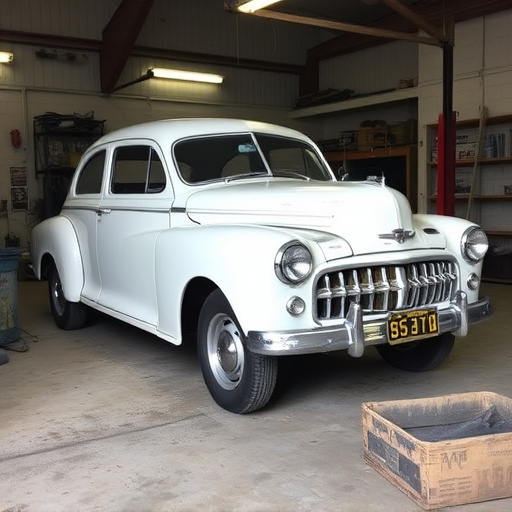
Spot welding systems have evolved significantly, offering advanced technology that enhances efficiency and precision in various industries. These modern systems employ sophisticated techniques such as laser and robotic automation, enabling faster and more consistent welds. In the realm of auto body services, this technology is a game-changer, particularly when dealing with complex components and intricate designs. It ensures structural integrity in vehicle repairs, even after a fender bender, making it an indispensable tool for any reputable auto repair near me.
The advantages extend beyond auto manufacturing. Advanced spot welding technology finds applications in construction, electronics assembly, and aerospace, where precision and speed are paramount. By minimizing heat input and reducing material distortion, these systems contribute to higher-quality outcomes, faster production rates, and cost savings. This advanced technology is reshaping industries, ensuring better craftsmanship and efficiency in auto repair and beyond.
Choosing the Right Spot Welding System for Your Needs
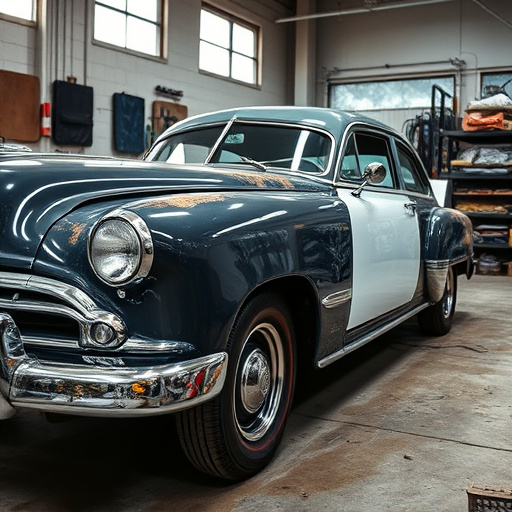
Selecting the perfect spot welding system for your auto body repair or collision repair needs is a strategic decision that impacts efficiency and quality. The right system should align with your shop’s requirements, considering factors like the type of vehicles you work on, the volume of repairs, and desired weld strength. For instance, heavier-duty applications might demand robust systems capable of high current outputs, while lighter vehicles may require more versatile models.
Modern spot welding systems offer diverse features catering to various needs, from precise control for intricate auto body shop tasks to automated functions for streamlining production in larger facilities. Incorporating advanced technologies like digital controls and precision sensors enhances accuracy, ensuring consistent weld quality. When choosing, evaluate the system’s power, electrode configuration options, and whether it accommodates different material thicknesses typically encountered in collision repair settings.
Spot welding systems have evolved significantly, offering advanced technology that boosts efficiency, precision, and versatility across various industries. By understanding the basics, exploring advantages, and making informed choices based on specific needs, businesses can harness the full potential of these systems to achieve superior results in their manufacturing processes.
